
GHK-Cu – 50MG
$64.00
Discount per Quantity
| Quantity | Discount | Price |
|---|---|---|
| 5 - 8 | 5% | $60.80 |
| 9 + | 10% | $57.60 |
Out of stock
Scientific Overview of GHK-Cu
GHK-Cu, also referred to as Copper Tripeptide, is a naturally occurring tripeptide complexed with copper. It has been detected in plasma and other tissues and is studied for its potential role in diverse biological pathways.
Alternative Names: Copper Tripeptide
GHK-Cu Studies and Research Data
Insights from Fibroblast Research
Scientific investigations suggest that GHK-Cu may interact with fibroblasts, specialized cells considered important for extracellular matrix regulation. Findings propose that the compound might stimulate collagen-related processes while influencing factors connected to structural support in tissue models.
Matrix Regulation and Remodeling
Laboratory observations indicate that GHK-Cu may play a part in modulating metalloproteinases (MMPs) along with their inhibitors (TIMPs). This dual action is considered significant for maintaining balance between extracellular breakdown and renewal. Researchers also suggest a potential connection to copper uptake in cells, which could support copper-dependent enzymatic processes.
GHK-Cu Observations in Wound and Skin Models
Experimental wound models, including those involving diabetic conditions, propose that GHK-Cu may support more rapid tissue closure and oxidative stress responses. Studies in skin-related models imply it could contribute to improved structure, thickness, and overall resilience of tissues. Parallel work highlights possible impacts on keratinocytes and skin topography, where improvements in parameters such as fine lines and density were suggested.
Emerging Data on Nerve and Stem Cell Research
Some studies imply that GHK-Cu may encourage nerve growth processes through interactions with growth factor expression. In stem cell models, it has been associated with increased integrin expression and markers of proliferative potential, raising interest in its role in regenerative contexts.
Cancer Cell and Collagen Pathway Explorations
Experimental research suggests GHK-Cu might influence gene regulation linked to cancer biology. Separate lines of study also propose that GHK-Cu may enhance collagen synthesis, including types I and IV, particularly when combined with hyaluronic acid under controlled test conditions.
GHK-Cu Antioxidative Potential
Data suggests GHK-Cu may interact with reactive oxygen and nitrogen species, potentially moderating oxidative stress in experimental setups. Observations further propose that it might decrease iron release from ferritin, which could reduce oxidative activity within damaged tissue environments.
Conclusion
GHK-Cu has been studied in a wide array of experimental systems, from fibroblast signaling and wound closure to collagen modulation and antioxidative responses. Research suggests possible links to skin models, nerve repair, stem cell regulation, and gene expression pathways. While findings remain exploratory, the compound continues to be investigated for its potential biological roles.
References
- Jiang F, Wu Y, Liu Z, Hong M, Huang Y. (2023). Synergy of GHK-Cu and hyaluronic acid on collagen IV upregulation via fibroblast and ex-vivo skin tests. J Cosmet Dermatol.
- Ahmed MR, Basha SH, Gopinath D, Muthusamy R, Jayakumar R. (2005). Initial upregulation of growth factors and inflammatory mediators during nerve regeneration in the presence of cell adhesive peptide-incorporated collagen tubes. J Peripher Nerv Syst.
- Pollard JD, Quan S, Kang T, Koch RJ. (2005). Effects of copper tripeptide on the growth and expression of growth factors by normal and irradiated fibroblasts. Arch Facial Plast Surg.
- Hong Y, Downey T, Eu KW, Koh PK, Cheah PY. (2010). A ‘metastasis-prone’ signature for early-stage mismatch-repair proficient sporadic colorectal cancer patients and its implications for possible therapeutics. Clin Exp Metastasis.
- Mulder GD, Patt LM, Sanders L, Rosenstock J, Altman MI, Hanley ME, Duncan GW. (1994). Enhanced healing of ulcers in patients with diabetes by treatment with glycyl-l-histidyl-l-lysine copper. Wound Repair Regen.
- Maquart, F. X., Pickart, L., Laurent, M., Gillery, P., Monboisse, J. C., & Borel, J. P. (1988). Stimulation of collagen synthesis in fibroblast cultures by the tripeptide-copper complex glycyl-L-histidyl-L-lysine-Cu2+. FEBS letters.
- Cebrián, J., Messeguer, A., Facino, R. M., & García Antón, J. M. (2005). New anti-RNS and -RCS products for cosmetic treatment. Int J Cosmet Sci.
- Sakuma, S., Ishimura, M., Yuba, Y., Itoh, Y., & Fujimoto, Y. (2018). The peptide glycyl-ʟ-histidyl-ʟ-lysine is an endogenous antioxidant in living organisms, possibly by diminishing hydroxyl and peroxyl radicals. Int J Physiol Pathophysiol Pharmacol.
- Abdulghani, AA, Sherr S, Shirin S, Solodkina G, Tapia EM, Gottlieb AB. (1998). Effects of creams containing vitamin C, a copper-binding peptide cream and melatonin compared with tretinoin on the ultrastructure of normal skin – A pilot clinical, histologic, and ultrastructural study. Disease Manag Clin Outcomes.
- Siméon A, Emonard H, Hornebeck W, Maquart FX. (2000). The tripeptide-copper complex glycyl-L-histidyl-L-lysine-Cu2+ stimulates matrix metalloproteinase-2 expression by fibroblast cultures. Life Sci.
- Finkley MB, Appa Y, Bhandarkar S. (2005). Copper Peptide and Skin. Cosmeceuticals and Active Cosmetic, 2nd Edition.
- Alven, S., Peter, S., Mbese, Z., & Aderibigbe, B. A. (2022). Polymer-Based Wound Dressing Materials Loaded with Bioactive Agents: Potential Materials for the Treatment of Diabetic Wounds. Polymers.
- Kang YA, Choi HR, Na JI, Huh CH, Kim MJ, Youn SW, Kim KH, Park KC. (2009). Copper-GHK increases integrin expression and p63 positivity by keratinocytes. Arch Dermatol Res.
- Leyden J, Stephens T, Finkey MB, Appa, Y, Barkovic S. (2002). Skin Care Benefits of Copper Peptide Containing Facial Cream. Amer Academy Dermat Meeting Abstracts.
- Miller, D. M., DeSilva, D., Pickart, L., & Aust, S. D. (1990). Effects of glycyl-histidyl-lysyl chelated Cu(II) on ferritin dependent lipid peroxidation. Adv Exp Med Biol.
Disclaimer:
The products mentioned are intended solely for laboratory research and in-vitro experimentation. They are not approved for human or animal use of any kind. All details provided are for educational purposes only. By purchasing from this site, you agree to comply with our Terms and Conditions.
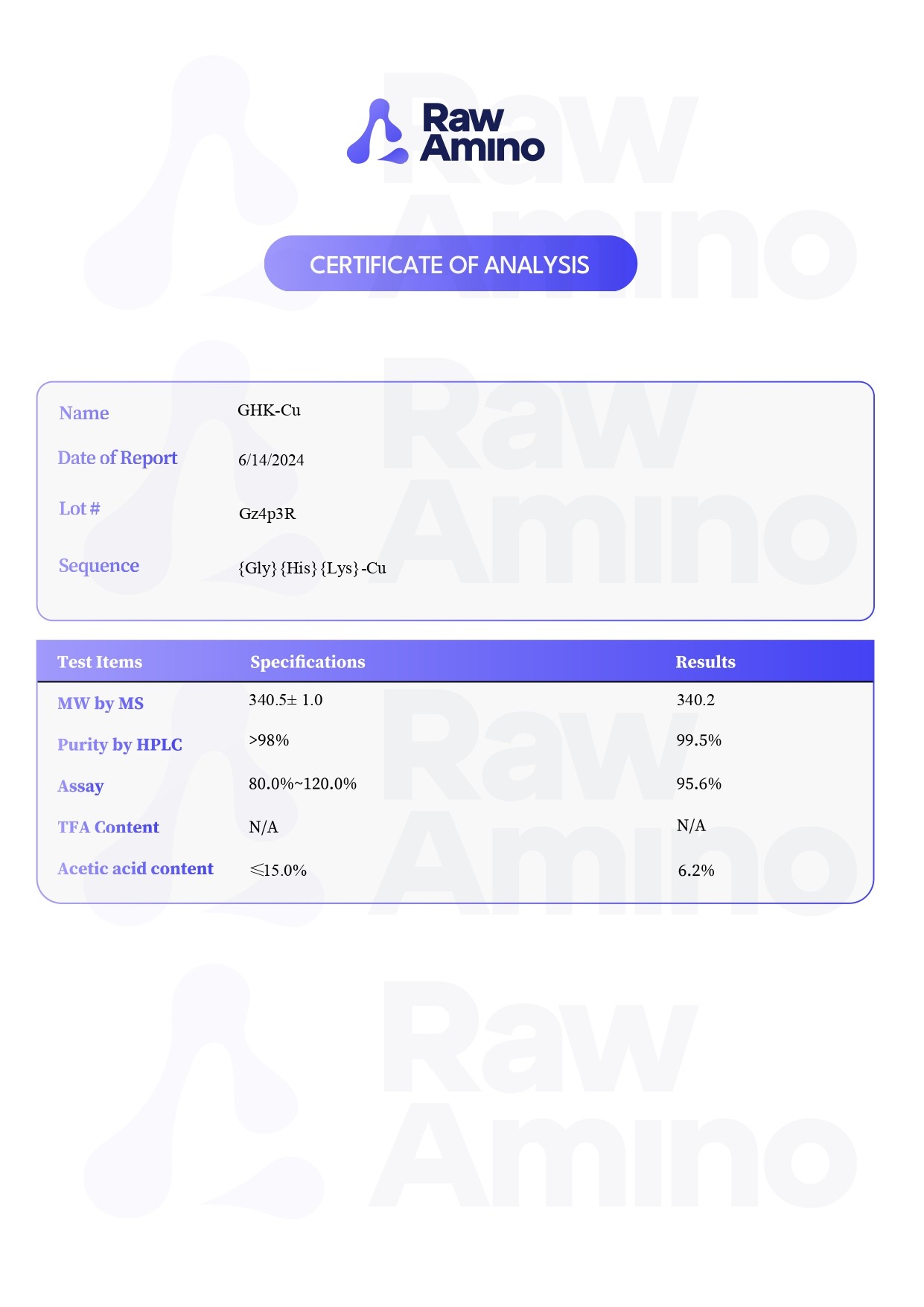
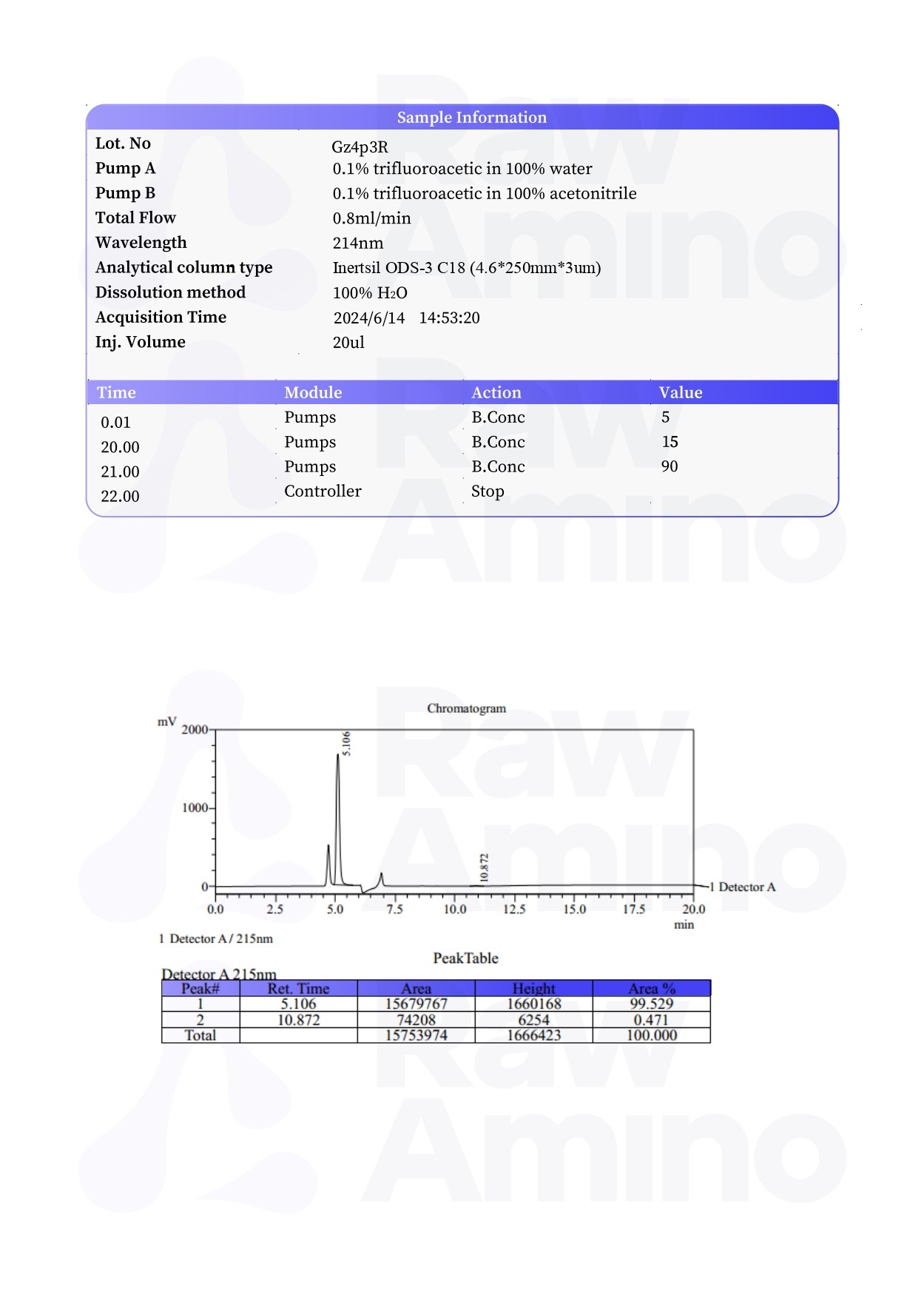
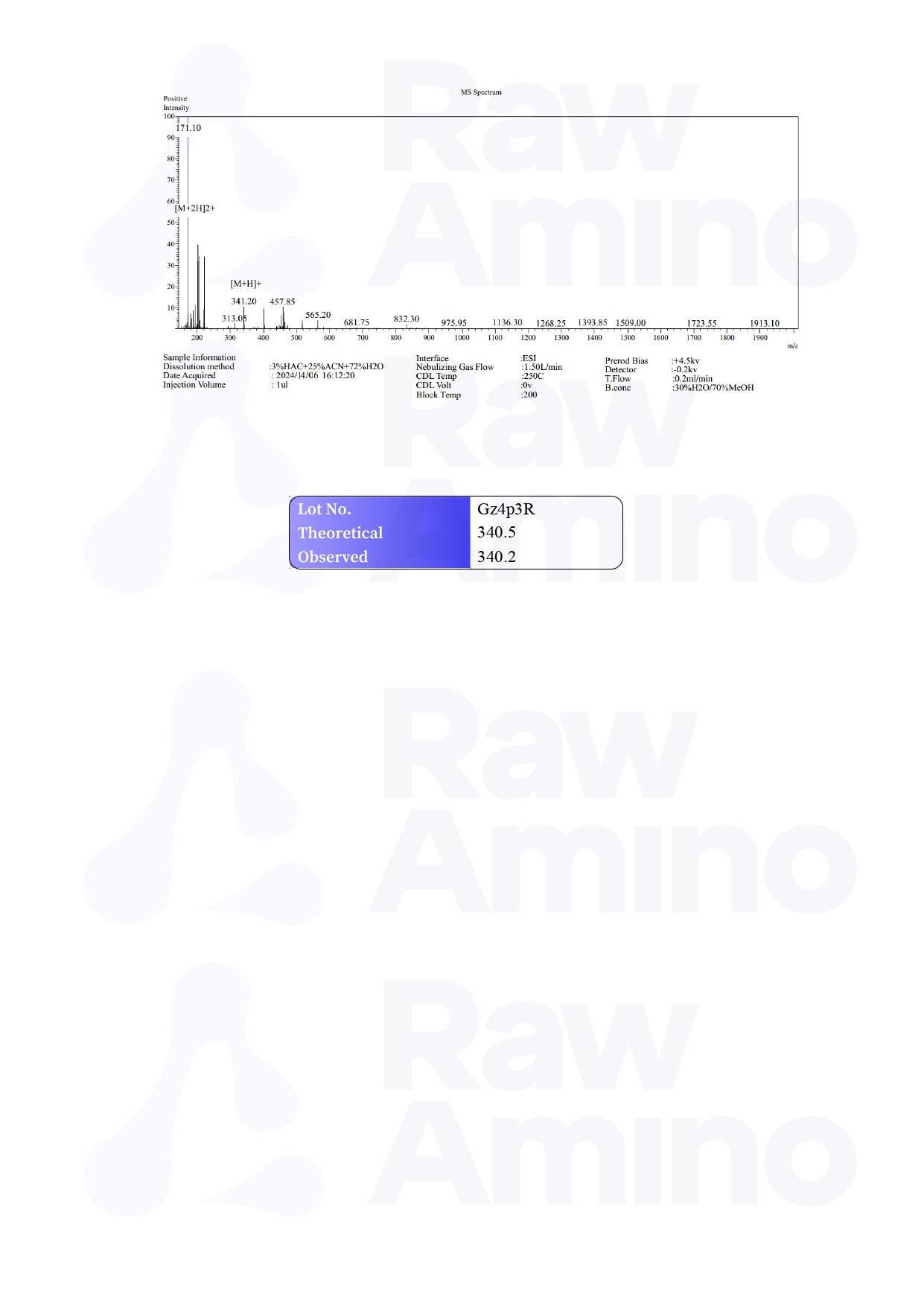
Only logged in customers may leave a review.
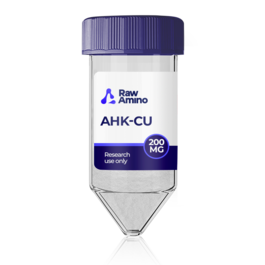
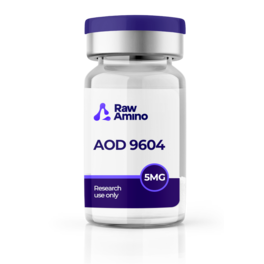
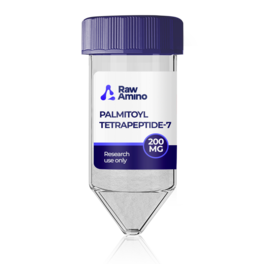
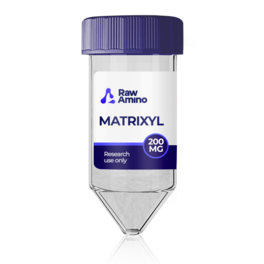
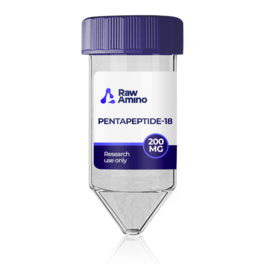
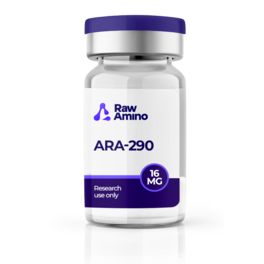
Reviews
There are no reviews yet.